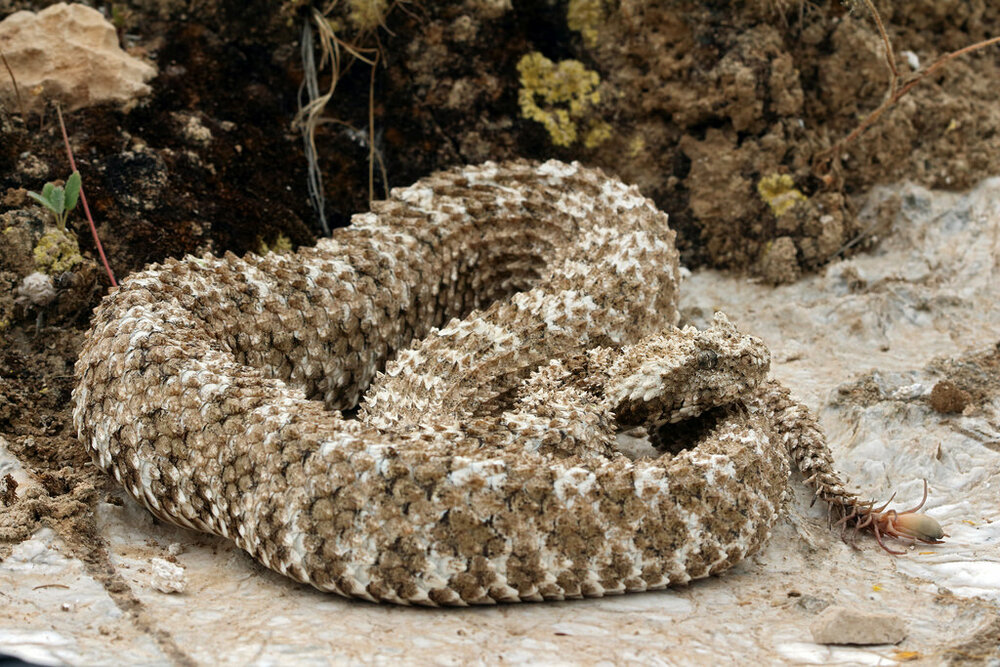Do you play golf? Do you spend countless hours each week trying to improve your score but nothing seems to help? Then try QuitGolf! QuitGolf is the only product on the market guaranteed to not only lower your score but will have you feeling like you're shooting a zero. Use promo code STCKYF for 20% off!
Welcome to the next installment of Shit That Can Kill You Fridays!
This week STCKYF features the Dendrocnide Moroides.
This week STCKYF features the Dendrocnide Moroides.
I use the formal Latin name because Latin is synonymous with hell-speak, and this thing is demonic. But what is it? A megalodon? A Godzilla? A monster from the 4th dimension hell bent on claiming human souls to use as currency in an intergalactic poker game? Calm down reader (but not too calm, because you should be very VERY afraid), you're letting your wild imagination get the better of you; its none of those things. Its actually a bush. No, not the former owner of the Texas Rangers, George W. Bush. Its a bush, like a plant.
I know what you might be thinking (because by reading this, you have implicitly consented to allowing me to read your mind. Don't worry, its basic boilerplate internet blog contract stuff), why the big fuss about a bush? Look, don't let the bush lure you into a false sense of security with its bushiness. That's bush league. It all starts with the name. Not only does this bush go by its devilish Latin name, it also has several others: the stinging bush, the moonlighter, the mulberry-leaved stinger, and Stinger The Suicide Plant. For obvious reasons the last one is the best name for a bush ever. It has "Cone snail, Assassin of the Sea" vibes to it (a previous topic of STCKYF, which you can catch up on HERE).
So what makes this bush so special? The plant is covered in stinging hairs that deliver a dose of neurotoxin when touched. The toxins immediately cause an incredibly painful stinging sensation that can last for several hours and up to several days. Once the initial pain finally subsides, you're not out of the woods yet. The pain will reoccur for months or even years whenever the area of skin that contacted the plant is touched, exposed to water, or is subject to a temperature change... so basically all the time. The skin will becomes covered in small red dots that, over time, grow together to form a swollen red welt. Sexy.
It gets worse. When land is being cleared of its trees and other assorted plants (#Deforestation!), if a worker doesn't know to be careful with the Stinger, The Suicide Plant it might end up in a woodchipper (the plant, not the worker). You might be thinking this is a good thing, after all the woodchipper utterly destroys the Stinger The Suicide Plant in a matter of seconds. It won't be able to hurt anyone else again, right? Wrong! The wood chipper transforms the Stinger The Suicide Plant into a neurotoxic cloud which can be accidentally inhaled. Remember the hours, days, weeks, months, and possibly years of excruciating pain from touching this bush? Well now all of that is happening to your lungs and esophagus. Yay nature!
"Charles, help! how do I avoid a Stinger, The Suicide Plant and the years of anguish that are sure to follow a close encounter?" If you ever find yourself in the proximity of a Stinger, The Suicide Plant, it means you've fallen for one of the classic blunders. The most famous is never get involved in a land war in Asia, but only slightly less well known is this; NEVER GO TO AUSTRIALIA. Of course this plant is native to Australia, the spiritual home of STCKYF (emphasis on spiritual home, under no circumstances will Australia ever become the actual home of STCKYF). Like everything else evil and deadly the Stinger, The Suicide Plant has been locked away in Australia like the Greek Titans in Tartarus. Except instead of being pre-Olympian gods, its a bush... so just like, don't touch it.
Stay Safe Out There.


